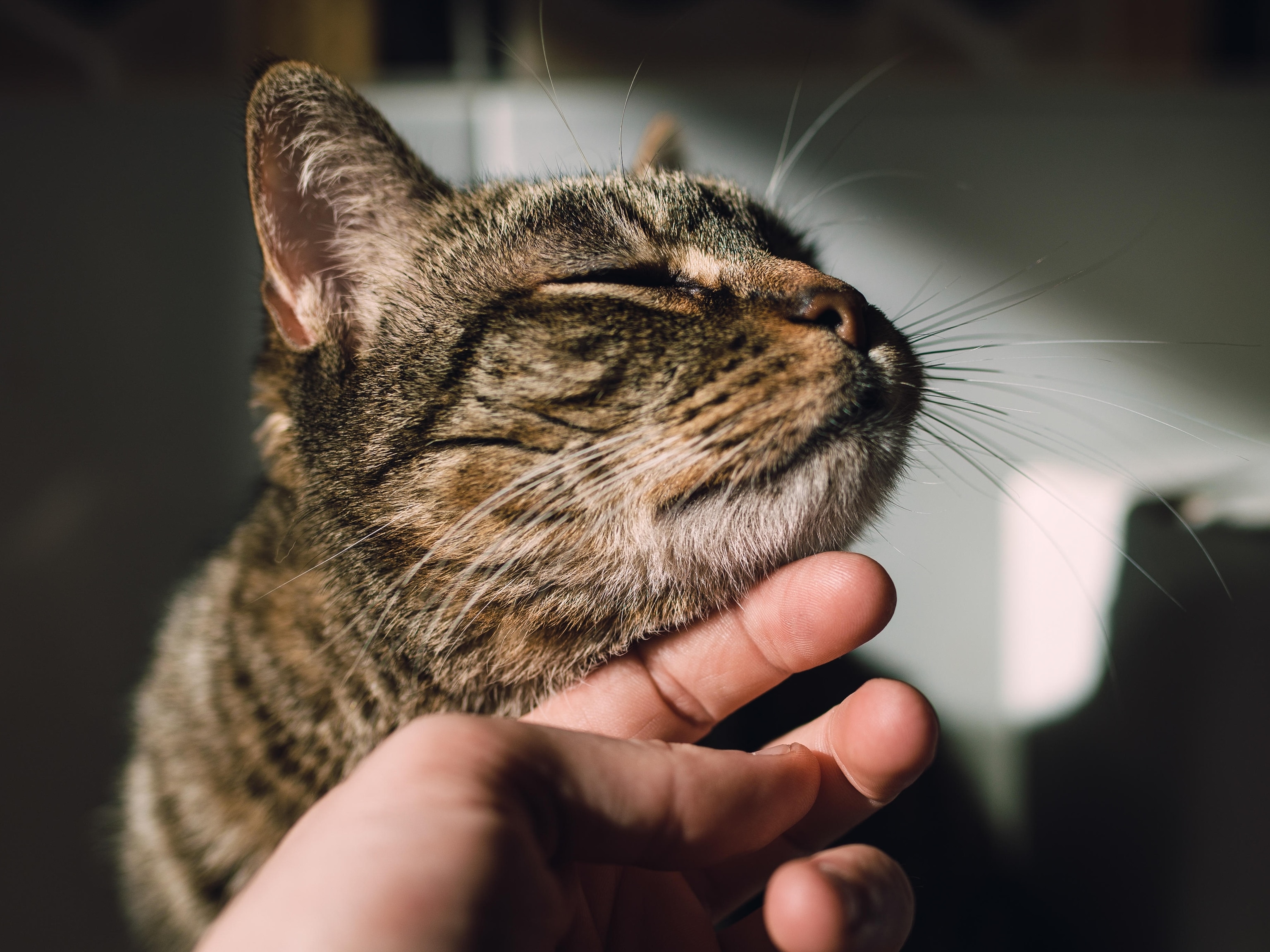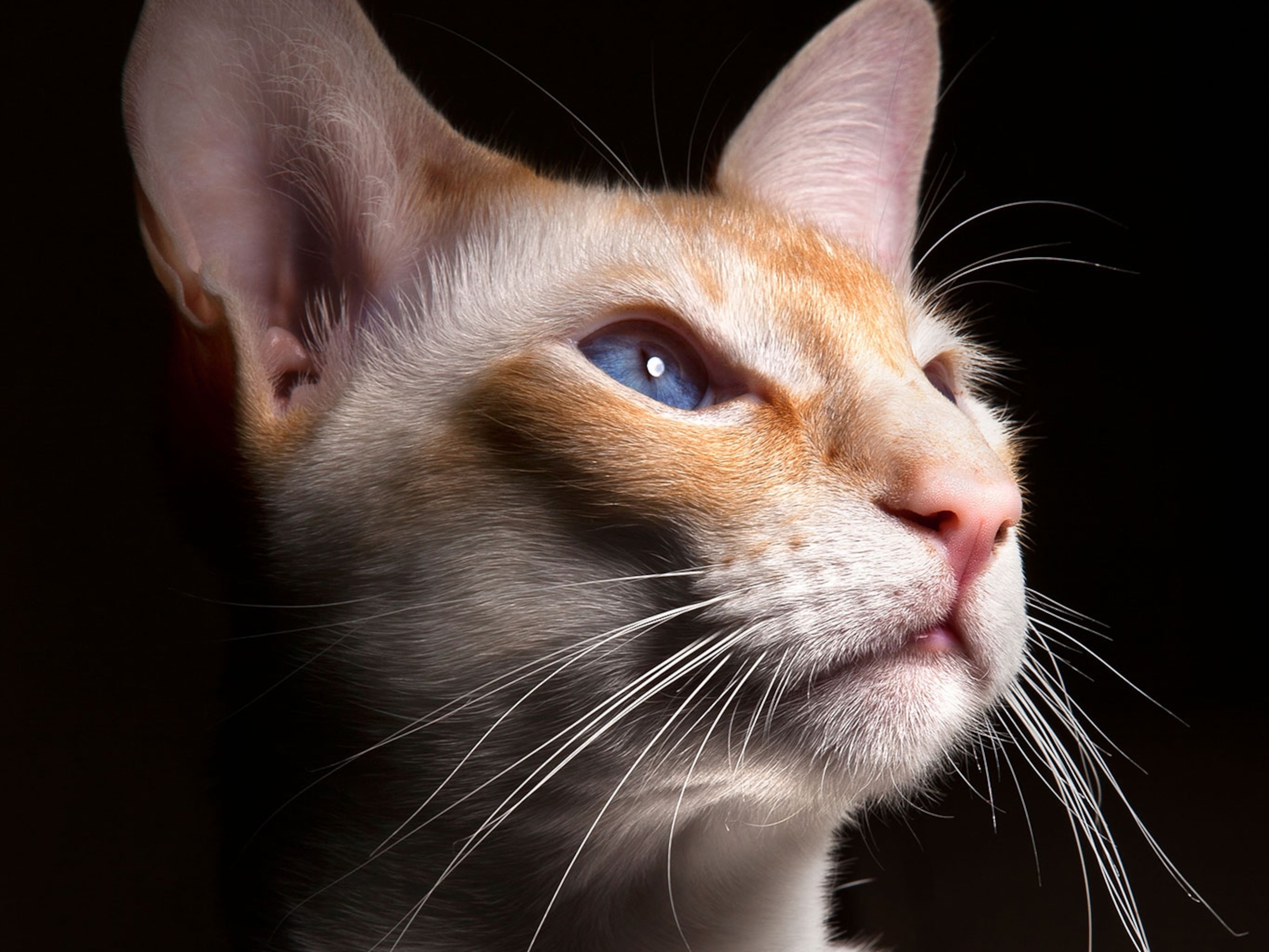What Are Cats Trying to Tell Us? Science Will Explain
A new project is underway to decode kitty communication—and figure out if cats really like all that baby talk.
Nearly all New York State pet owners talk to their pets like they're fellow humans, according to a recent poll.
Many believe their dogs and cats can respond with barks or meows that communicate hunger, fear, or simply the need to pee.
But do the animals tawk back in a Brooklyn accent?
That's the sort of thing Swedish cat lover and phonetics researcher Suzanne Schötz is working to find out.
The Lund University researcher, who has three cats of her own, has launched a new study on how cats communicate. (See "Surprising Things You Never Knew About Your Cat.")
For her experiment, Schötz is recruiting cats and their humans from Lund, in far southern Sweden, and from Stockholm, 310 miles (500 kilometers) north.
People from both regions have discernible dialects, so her goal is to discover if their cats do, too.
She also hopes to discover whether the cats' meows mean different things, and if they respond differently based on how we talk to them.
National Geographic caught up with Schötz to learn more about her, well, pet project.
So why do cats meow anyway?
Cats use both visual and vocal signals to communicate with humans, but they need to vocalize to get our attention. With other cats, they tend to rely on visual and olfactory signals. When a cat says “meow,” it’s normally addressed to a human being, not another cat. (See "What Do Cats Think About Us? You May Be Surprised.")

Many cats and their human companions seem to develop a pidgin language in order to communicate better. We don’t know whether there are similarities in the languages or whether they're specific to a cat/human pair.
How do people talk to cats or their pets differently from other humans?
People seem to use a similar speaking style when they talk to cats and when they talk to small children. They use a higher-than-average pitch, they have a larger pitch range, and the melody of their speech tends to have specific patterns, such as what’s described as “sing-song.” (Watch a video on why cats are so secretive.)
What types of information are you gathering in this study?
We are recording people and cats in two different regions of Sweden. In one study, we want to analyze the melody in the cat vocalizations, to see if we can find these patterns in different emotions or in different breeds. In the second study, we want to expose cats to different kinds of human speech and see how they respond. Do they prefer to be spoken to like small children, or do they prefer to be spoken to as an adult? And can they recognize a familiar voice based on intonation and speaking style? We don’t know that yet.
How can you measure what type of voice a cat would prefer? What type of information are you looking for?
We will record different speaking styles from a number of humans. Then, we will go to the cat’s home and place loudspeakers behind a screen. We will play back different melodies and human speaking voices and videotape the cats to see their responses. We will look at ear movements, head movements, body posture, and things like that. (See National Geographic readers' pictures of cats.)
What do you hope to gain from this study?
If most cats use similar melodies to say, “I’m slightly hungry, I would like a snack now,” and they also use similar melodies to say, “I’m really hungry, I’m starving,” we can begin to try to understand what they’re saying.
Maybe certain breeds will use certain melodies, or cats living in countries where human speech has certain melodic patterns will vocalize differently. If we can find that cats adopt these melodies, we may be able to help cat owners interpret these signals better.
Follow Carrie Arnold on Twitter.





